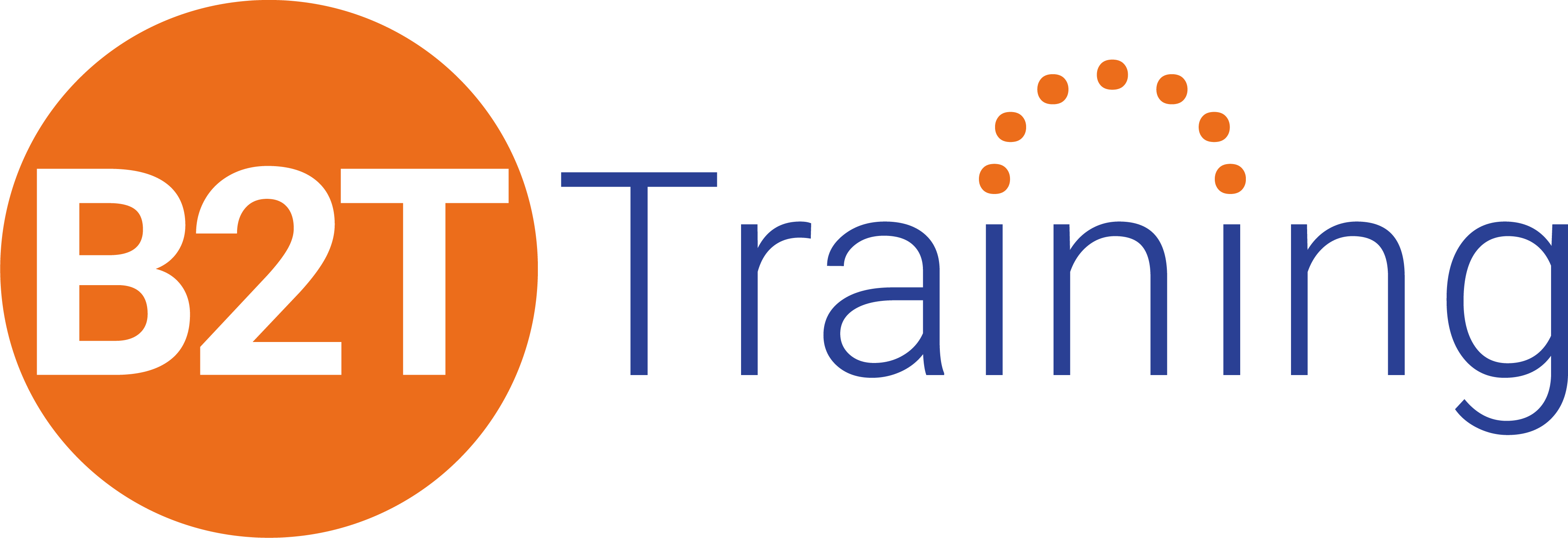Job Aids
Key Concepts in Summary Form
We’ve collected a series of reference tools that consolidate information on complex topics. Think of them as handy references you can use when you need a refresher—quick guides you can turn to without digging to find what you need.
Business Analysis Proficiency Assessment
Take a proactive approach to evaluate your team members from an analytical perspective. We’ve compiled a list of analytical tasks and techniques to determine your team’s range of skills and levels of proficiency as well as identify your team’s analysis skills gaps.
Non-Functional Requirement Categorization
The BABOK® details 15 common categories of non-functional requirements. Fully specifying non-functional requirements can be challenging.
Our guide to non-functional requirements explains each of the common categories and provides examples.
Risk Response and Planning
It’s important to identify potential project and business risks. But the work doesn’t stop there. For any risk that is likely to happen, or that would have a significant impact if it did, you should plan a proactive risk response.
Download our job aid for a summary of key concepts related to risk assessment and management.
Introduction to EARS Technique
The Easy Approach to Requirements Syntax (EARS) is an approach that provides structure to requirements written in text. It makes use of a small number of keywords and a syntax (structure). This job aid overviews the EARS technique structure and syntax. Examples are provided for each of the syntax patterns.
Process Flow Chart Symbols Cheatsheet
This cheat sheet shows the most frequently used symbols for various types of common flow charts, including ANSI, BPMN, UML, Value Stream Mapping, and SIPOC.
SCAMPER Technique
The SCAMPER technique encourages us to Substitute, Combine, Adapt, Modify, Put to other uses, Eliminate, or Rearrange the things we already have as a way of innovating.
Download our job aid template for a quick guide to using this technique in your organization.
More Resources
Checklists
Streamline Your Analysis Efforts
Infographics
Visual Quick-Reference Guides
Quick Tips
Best Practices From our Experts
Templates
Structured Approach to Tasks
